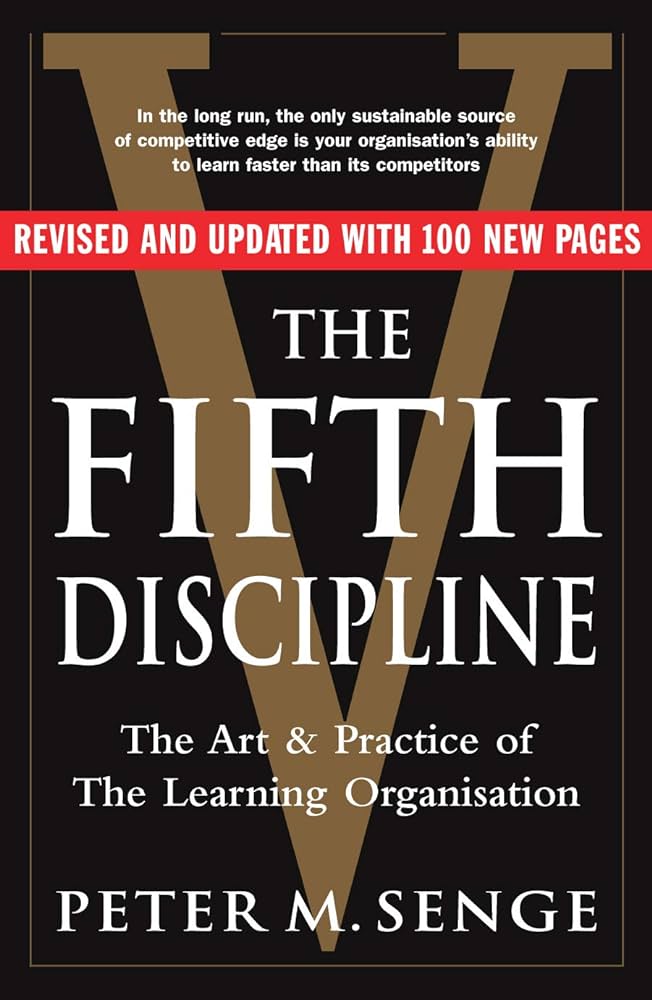Mass Customization: The New Frontier in Business Competition
RATING


This book introduces the concept of “mass customization,” a model in which companies have evolved from mass production of standardized goods to produce products and services of greater variety and customization at competitive prices.
Following a historical perspective of the shift from mass production and how non-evolving companies have faltered, the author shows how to develop a strategy for mass customization and transformation of the organization. Concepts in this book include the paradigm of mass production as a dynamic system of reinforcing factors, secondary feedback loops within the paradigm of mass production, the new paradigm of mass customization as a dynamic system feedback loop, and an introduction to market turbulence mapping. In developing a strategy, the author traces how such organizations can immerse themselves in mass customization through each link of the value chain: development; production; marketing; and delivery. With this, we learn about the six types of modularity for the mass customization of products and services. In exploring this new frontier, Pine also highlights some of the limitations, including product and process technology shocks, customer consolidation shocks, information overload, development cycle limits and life cycle limits.
The book offers both a historical perspective as well as applicable methodology for any company seeking to meet the challenges of surviving in an increasingly competitive world. The author presents the concept with great clarity through examples, illustrations, as well as historical data. He also lays out a clear, 5-step methodology to achieving the low-cost production of individually customized products and services: customize services around standardized products and services;
- create customizable products and services;
- provide point-of-delivery customization;
- provide quick response throughout the value chain;
- modularize components to customize end products and services.
So much has been written on this subject that the historical perspective may be quite familiar or even obvious to many experienced readers or practitioners. Some have criticized the book for being out of date, but the core concept and its applicability even years after its introduction attest to its continued relevance for industry and consulting professionals, which would explain why several publications cited this as the best business book of the year at the time of its debut.
The mass production of standardized goods was the source of America’s economic strength for generations and became the model for successful industries. Today, that model is a major cause of the nation’s declining competitiveness. As Joe Pine makes clear, innovative companies are embracing a new paradigm of management – mass customization that allows them to create greater variety and customization in their products and services at competitive prices, or better. He explains mass customization in its historical context, demonstrates why mass production cannot work in turbulent industries, and outlines how new forms of competition have led to greater variety and customization. He details the strategies, methods, and organizational transformations required to develop, produce, market, and deliver individually customized goods and services, and shows managers how to analyze their own industries to determine if they should shift to mass customization.
This book is highly relevant both in theory and implementation. As the American and global economies have evolved at a rapid pace since the book’s introduction, many businesses will find that they are already using elements of mass customization – however, they may not truly understand how to incorporate it as a process in gaining and maintaining a leading edge in their respective industries. The opportunities to apply this methodology and its benefits are boundless – businesspeople will find it an eye-opening introduction for building competitiveness, while consulting professionals and business school students will find it to be essential reading for a theoretical understanding of this concept. For more on this subject, see The Long Tail (Senteo review).

This book provides extensive insight into mass customization and framework for developing a strategy, implementing it, as well as transforming the organization. It also provides a framework for dynamic management within this strategy.
See content on this topic

Sales training for front line along with basic development and coaching principles for line management.
Understanding branding and communications from the standpoint of emotional engagement and building relevant and meaningful dialogue with customers.
This course covers a complete view of customer touch points (both physical and virtual) and a unique model for standardizing and managing customer contact models across channels including approaches for customer feedback, quality management, and migration.
Understand how the innovation process changes moving from functionality and channel design to a process focused on creating value for customers.
Experiential Branding & Communications – Improving Brand Integration Through Emotional Engagement.
This course covers a complete view of customer touch points (both physical and virtual) and a unique model for standardizing and managing customer contact models across channels.
Understand the value of a customer-oriented analytics package and how behavioral scenarios can be used to improve profitability through influencing behavior and usage.
To understand the principles of game dynamics and learn how to effectively use the elements of gamification in business: to involve customers, employees and contractors in the process.
Understanding branding and communications from the standpoint of emotional engagement and building relevant and meaningful dialogue with customers.
This course covers a complete view of customer touch points (both physical and virtual) and a unique model for standardizing and managing customer contact models across channels including approaches for customer feedback, quality management, and migration.
Experiential Branding & Communications – Improving Brand Integration Through Emotional Engagement.
This course covers a complete view of customer touch points (both physical and virtual) and a unique model for standardizing and managing customer contact models across channels.
Understanding how leaders must evolve with relation to the evolution of business models, new management models, and the significant changes to the workforce with Digital Natives now making up more than 50% of the workforce globally.
Understand how to manage both internal and external digital transformation while considering the landscape for digital business models and the effect on traditional business models. Understanding organizational readiness for transformation and the role of corporate culture in managing transformations.
The changes in consumer behavior, employee behavior, and the evolution of business models in the digital age cause significant difficulties and imperatives for leaders who must develop new skills and evolve their leadership styles to be effective in this fast changing, challenging, and competitive environment.
Understanding how to design & manage change/transformation programs in organizations of different sizes. This course will help any size team or organization to better deal with change & transformation on any scale.




 Copy Link
Copy Link
 E-mail
E-mail
 LinkedIn
LinkedIn
 Facebook
Facebook
 Telegram
Telegram
 WhatsApp
WhatsApp
















 Go Back
Go Back
Leave a Reply
You must be logged in to post a comment.